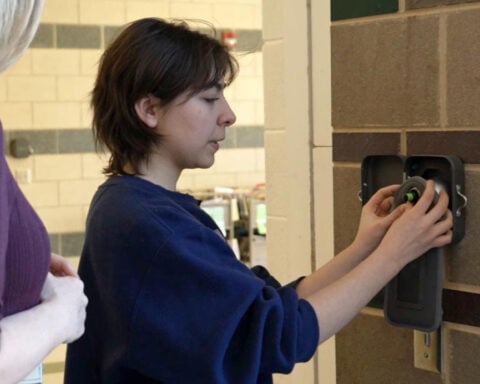Workers who cut and polish manufactured stones are at risk of contracting silicosis, a potentially deadly lung disease, because to the industry's rapid growth in popularity. This illness has been an occupational risk for decades, but recently it has been on the rise among younger employees, casting a pall over the whole sector.
Inhalation of very small particles of crystalline silica causes silicosis. Over time, breathing in tiny particles damages the lungs, leading to life-threatening respiratory issues and even death. Unfortunately, there is currently no treatment for silicosis, making it a lifelong sentence for those who contract it. Particles like this form when the stones containing the mineral are ground and chopped.
Crushed quartz is blended with resin to create engineered stone, also known as synthetic stone, which has higher silica concentrations than many natural stones. Since engineered stone is becoming increasingly popular for use in worktops, a new wave of instances of silicosis has emerged, affecting young workers in their prime; some victims in places like California are in their thirties.
Expert pulmonologist and critical care specialist Dr. Jane Fazio describes the tragic outcomes that can occur when young people are given fatal diagnoses. Water spraying systems, high-tech ventilation, dust clearing mechanisms, and employees' protective gear are all recommended by safety regulations to reduce silica exposure in the workplace. The current state of knowledge, however, highlights the ongoing risk to employees despite these safeguards.
In response to the alarmist claims, the Agglomerated Stone Manufacturers Association, which speaks for the world's engineered stone manufacturers, insists that the safest way to handle their goods is by following industry standards. The increasing number of silicosis cases has been linked by the organization to fabricators' lax adherence to safety regulations.
Safety officials estimate that in California alone, between 485 and 848 of the roughly 4,000 industry employees might have silicosis, with deaths reaching up to 161. Authorities in California are working to establish emergency protective rules in response to this catastrophe.
Critics argue that engineered stone is intrinsically dangerous due to its high silica concentration, despite the fact that industry proponents believe it is safe under strong safety regimes. Homeowners and customers are mostly unaware of this emerging catastrophe, which highlights the critical need for raising public awareness of the potential health consequences faced by the employees who make them.
The unfolding silicosis epidemic within the countertop manufacturing sector stands as a poignant symbol of the unseen, detrimental impacts linked to widely favored consumer products. The intensifying dialogues and explorations among industry professionals and regulatory entities highlight the immediate necessity for encompassing and effective measures. These are crucial to safeguard the workers and forestall further fatalities, especially considering the continuous rise in popularity of engineered stone.

 Trump has begun another trade war. Here's a timeline of how we got here
Trump has begun another trade war. Here's a timeline of how we got here
 Canada's leader laments lost friendship with US in town that sheltered stranded Americans after 9/11
Canada's leader laments lost friendship with US in town that sheltered stranded Americans after 9/11
 Chinese EV giant BYD's fourth-quarter profit leaps 73%
Chinese EV giant BYD's fourth-quarter profit leaps 73%
 You're an American in another land? Prepare to talk about the why and how of Trump 2.0
You're an American in another land? Prepare to talk about the why and how of Trump 2.0
 Chalk talk: Star power, top teams and No. 5 seeds headline the women's March Madness Sweet 16
Chalk talk: Star power, top teams and No. 5 seeds headline the women's March Madness Sweet 16
 Purdue returns to Sweet 16 with 76-62 win over McNeese in March Madness
Purdue returns to Sweet 16 with 76-62 win over McNeese in March Madness








